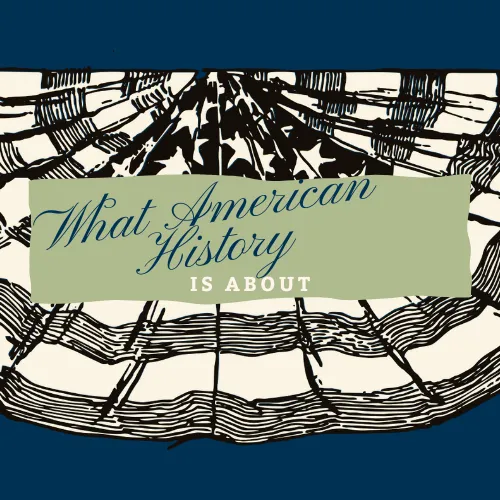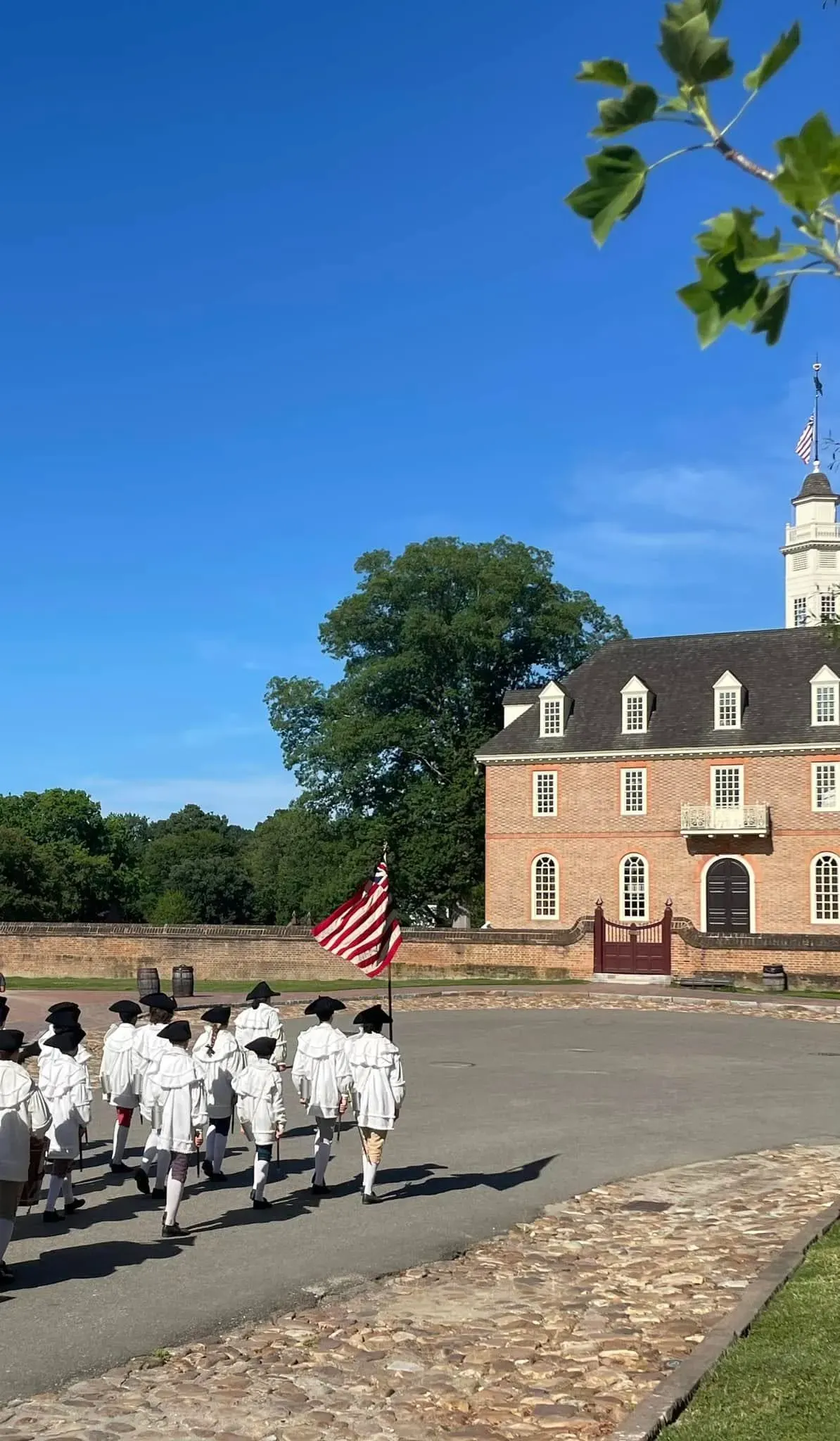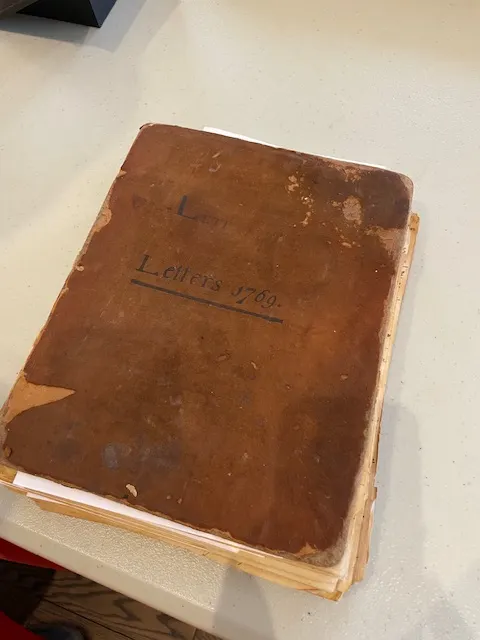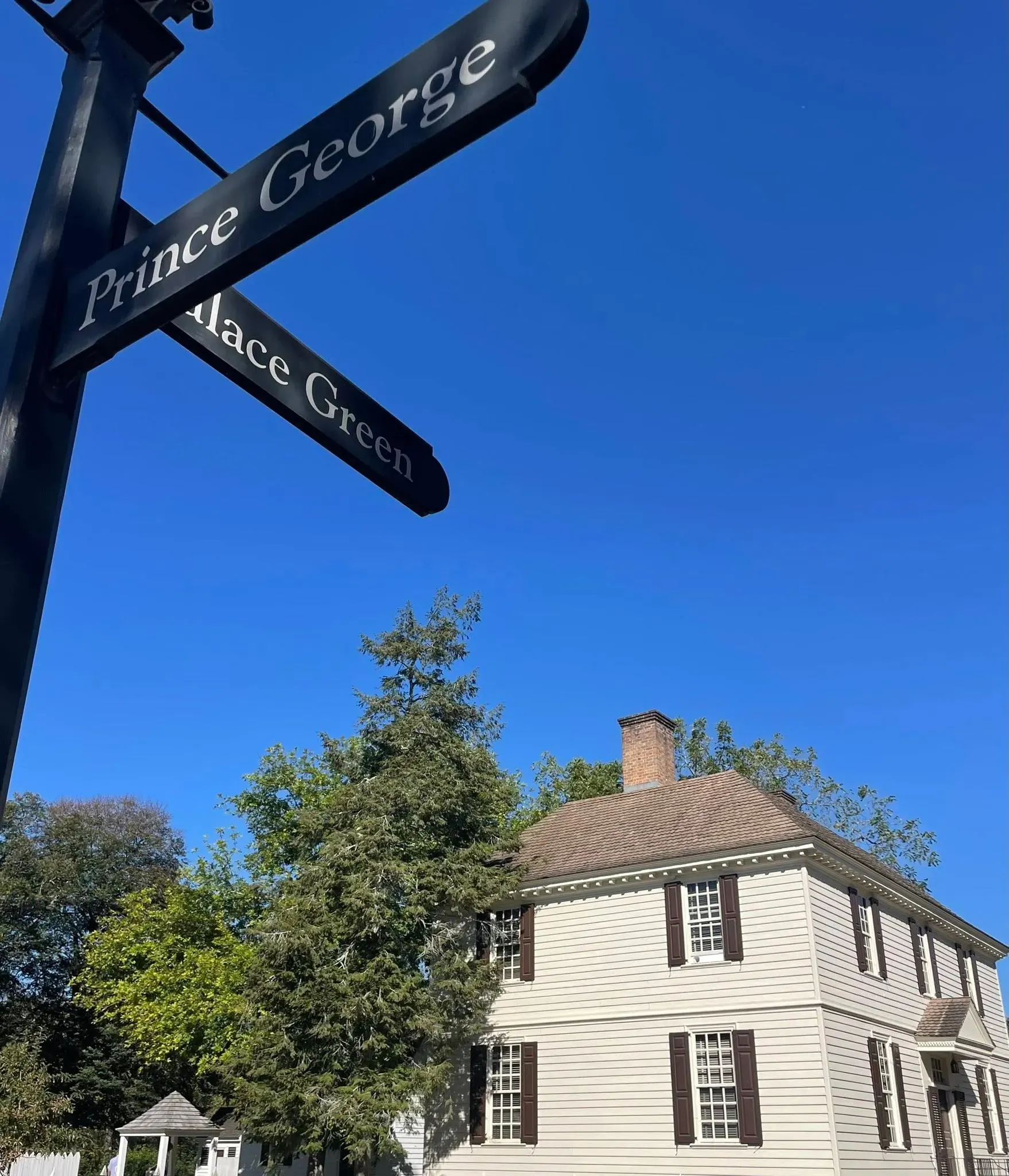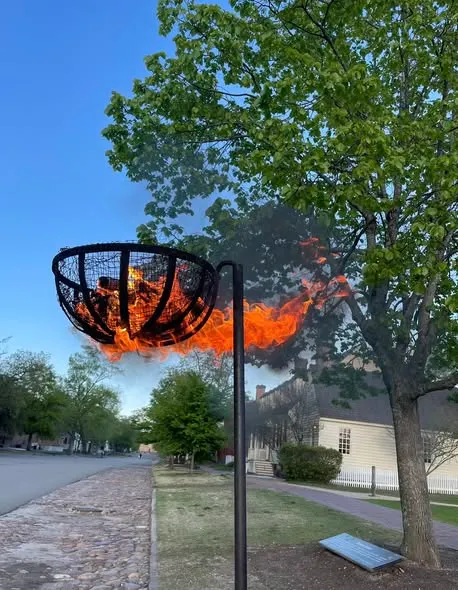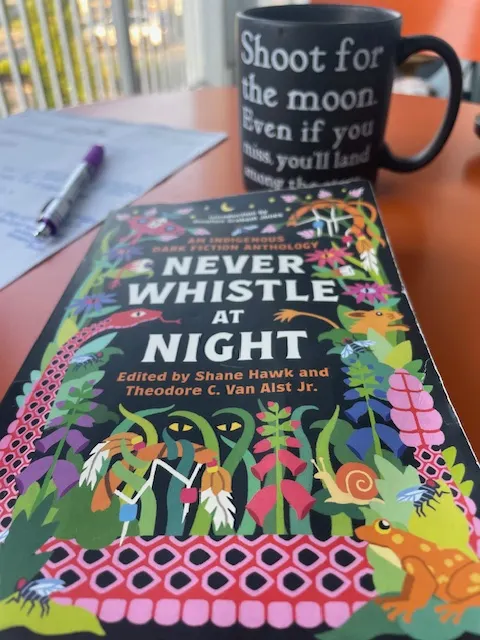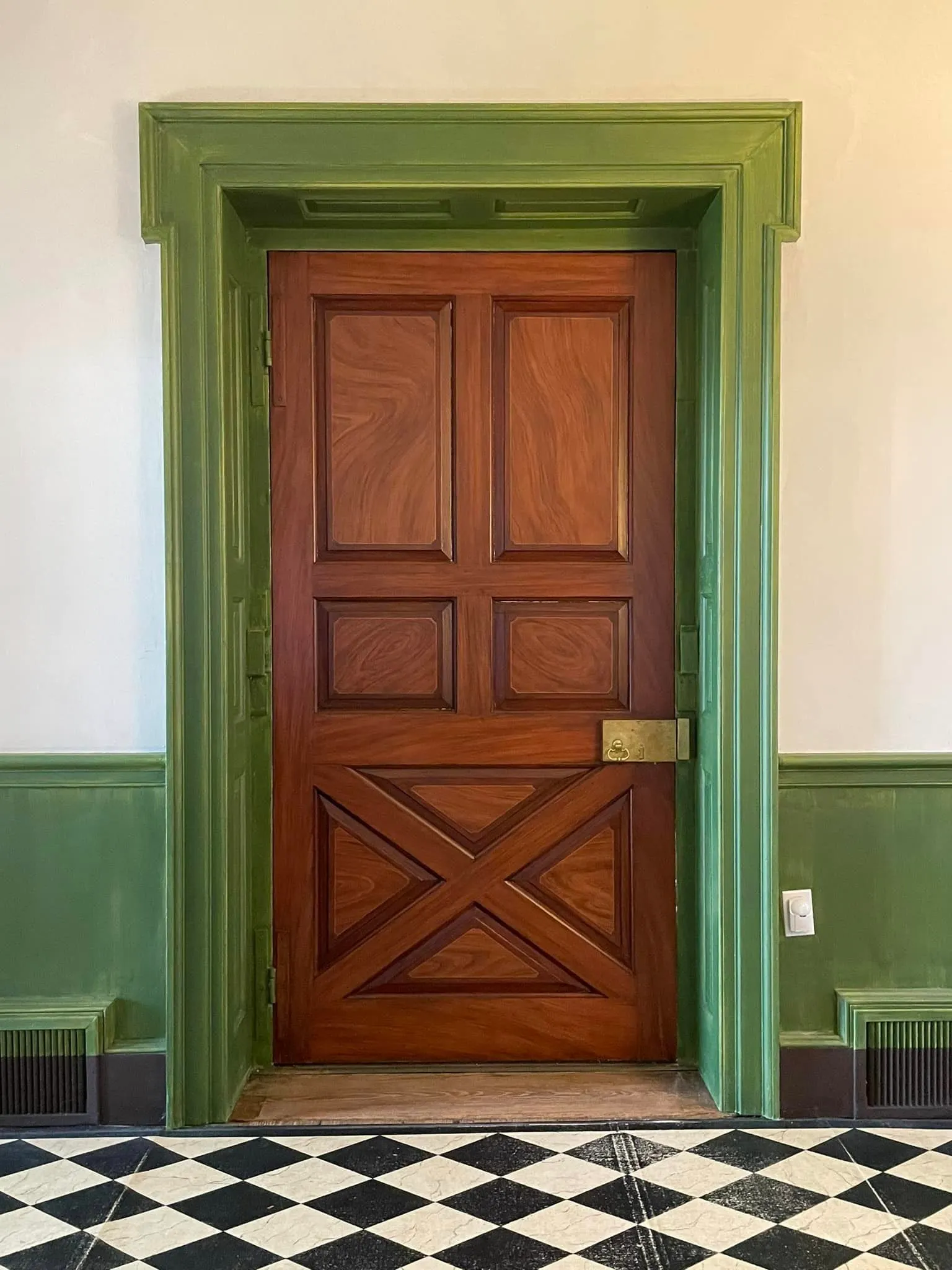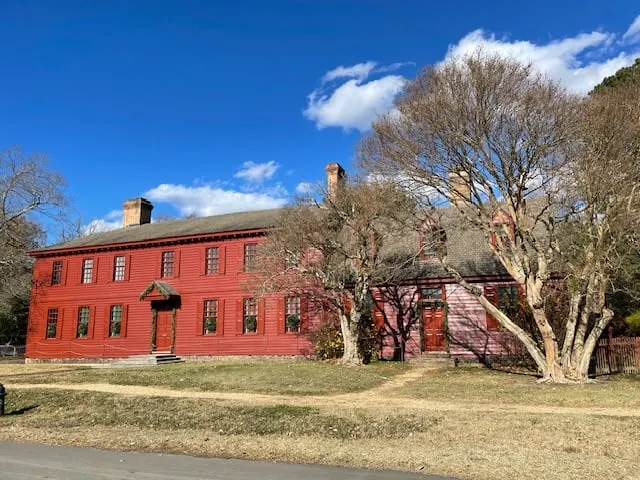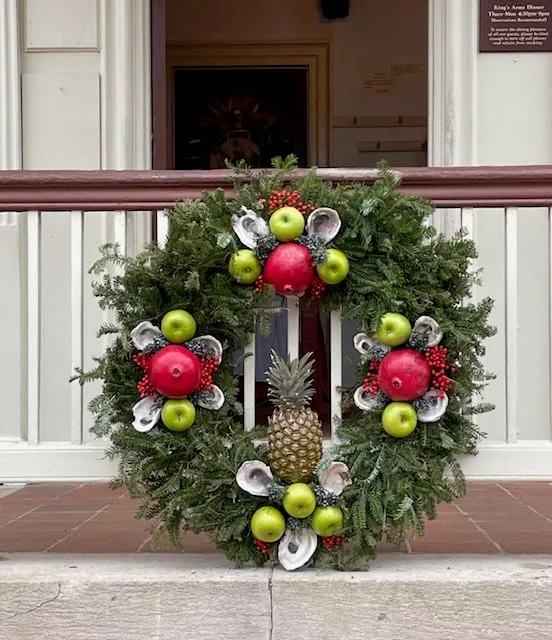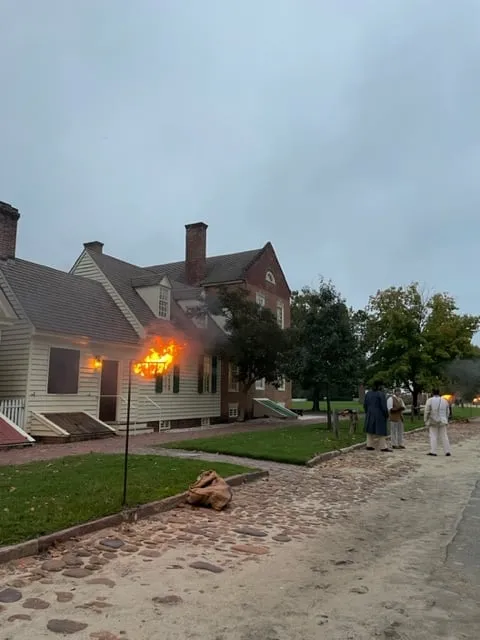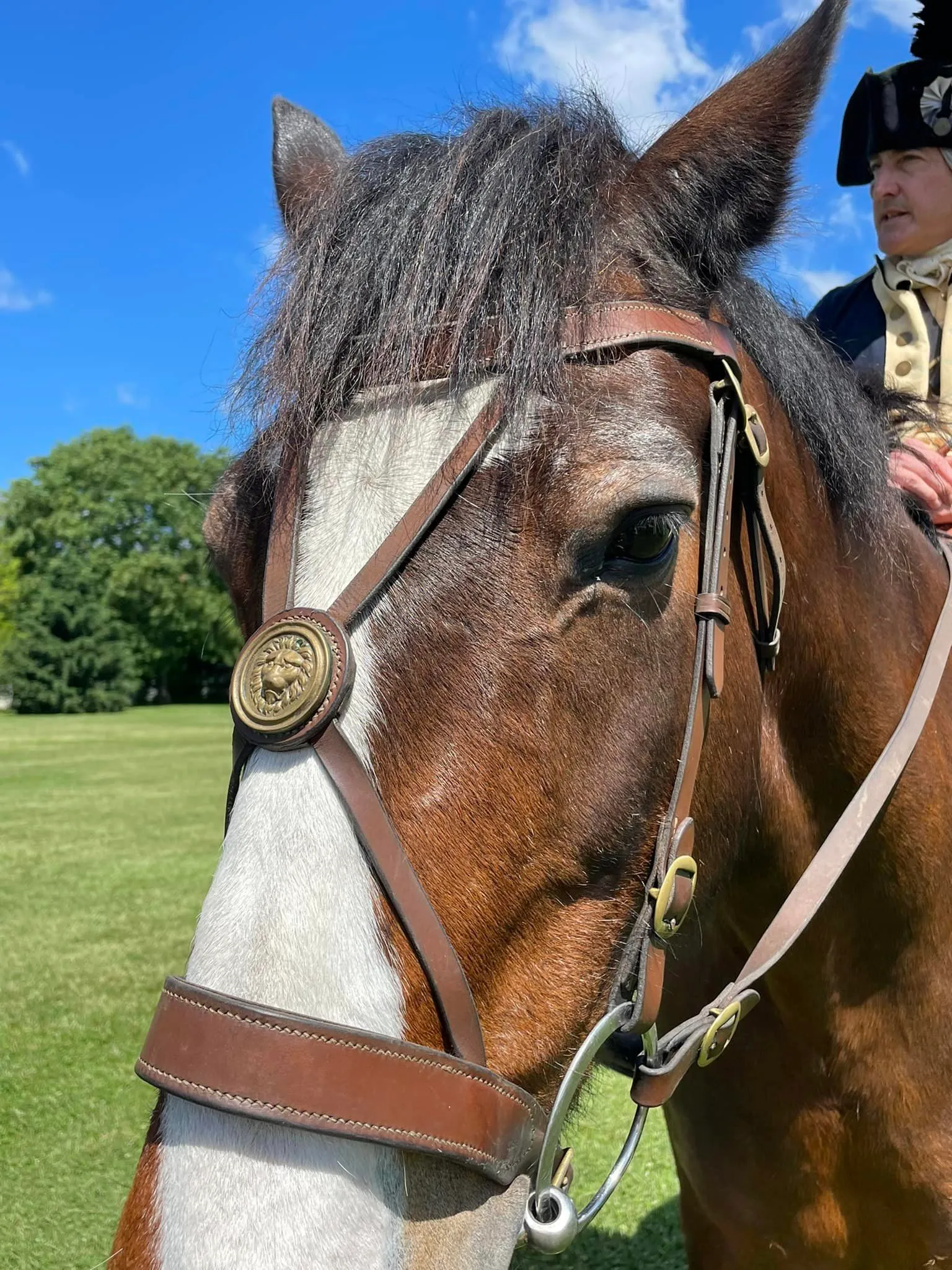3 Lessons from the 18th Century Relevant to Earning Income as a History Blogger
I had to read my own words to calm the chaos in my head on organizing my approach to income as a history blogger.
Awhile back, I wrote a post about what to write about when there's so much history out there. Read the post here. Yes, this blog is heavily focused on Colonial America and the original 13 colonies (here's why), but you'll find me stray from that focus because of all the stories, the places to visit, and events that will most definitely catch my attention.
American history is full of... everything. Here I am, decision made to put more effort into making this blog a focus for income (yikes- I may be eating my words reading them again in a year or two). On that note- feel free to buy me a coffee using this online tip jar!
Learning history is important, but learning FROM history is just as important. Today, I'm sharing three lessons from the 18th century I'm using on my approach to earning income as a history blogger.
Necessary disclaimer: As a blogger, I use affiliate links sometimes! I may receive commission from purchases I share; it does not change your price but sometimes you might get a discount.
Lesson 1 from the 18th century: it pays to be determined like Martha Washington
Blogging for business is not easy. I've read (and keep close by) Sally Miller's Essential Habits of 6-Figure Bloggers, which is a reality check on how difficult it can be. But sometimes I need real-time reminders and immersing myself in history offers that up!
Enter one of my favorite stories about Martha Dandridge Custis Washington- when she was 17-year-old Martha Dandridge. Custis would not be part of her full name had she not been what Colonial Williamsburg's (CW's) Katharine Pittman recounts Martha's mother as referring to her as: "the determined one."
Young Martha was determined to marry her older, wealthy neighbor Daniel Parke Custis. Daniel was nearly 20 years Martha's senior and had never been married. His father John Custis IV is well-documented to be "difficult" and temperamental at the least. In fact, the government had to step into his marriage at one point! Approving (or NOT approving) potential wives for his son by threatening to remove his son as heir... well it's one thing we hear about him today.
Martha got on a horse and rode about 30 miles from New Kent to Custis Square in Williamsburg and after a stroll through the famous gardens with the elder Custis, and waiting for word to come from Williamsburg: was granted the approval she sought. She'd marry Daniel with his father on board.
Yes- Martha's ride to Custis Square is inspiration. Be determined, like Martha.
RELATED: Just for fun, I'm embedding a favorite episode from a favorite podcast: Your Most Humble and Obedient Servant. Topic: the legal action on the Custis' mentioned above.
Lesson 2 from the 18th century: Define your brand like Thomas Jefferson
No matter how history remembers you, you can - and should - make every effort to be remembered and recognized as you wish to be. It's not lost on me that the bullet points on Jefferson are just those: bullet points. In truth, he was a human and one I've come to have pretty strong opinions on. He's one of my favorites to read.
Yes, to read. His writing comes from the heart. Once you start reading his writing, know Jefferson when you read him. (and I thank CW's Kurt Smith for bringing him to us in such a relevant way!)
I wrote a whole article on my Free At 50 blog about personal branding inspired by Jefferson's instructions for his epitaph. (click here to read it).
The complexity of Jefferson aside, let's get to the point: be authentic. For me, I'm not an academic. Not an historian by degree or extensive experience. I am passionate about history and that's what this blog is built on. I'm sticking to it.
Here is how Jefferson wanted to be remembered, in his own words. He even describes the headstone itself.
Thomas Jefferson: Design for Tombstone and Inscription, before 4 July 1826, 4 July 1826
[GRAPHIC IN MANUSCRIPT]
could the dead feel any interest in Monuments or other remembrances of them, when, as
Anacreon says
Ολιγη δε κειςομεςθα
Κονις, οστεων λυθεντων
The following would be to my Manes the most gratifying.
On the grave
a plain die or cube of 3. f without any mouldings, surmounted by an Obelisk of 6. f. height, each of a single stone: on the faces of the Obelisk the following inscription, & not a word more
‘
Here was buried
Thomas Jefferson
Author
of the Declaration of American Independence
of the Statute of Virginia for religious freedom
& Father of the University of Virginia.’
because by these, as testimonials that I have lived, I wish most to be remembered. to be of the coarse stone of which my columns are made, that no one might be tempted hereafter to destroy it for the value of the materials. my bust by Ceracchi, with the pedestal and truncated column on which it stands, might be given to the University if they would place it in the Dome room of the Rotunda. On the Die of the obelisk might be engraved
Born Apr. 2. 1743. O. S.
Died —
Click here to jump onto the National Archives website and see it in full, with citations/notes.
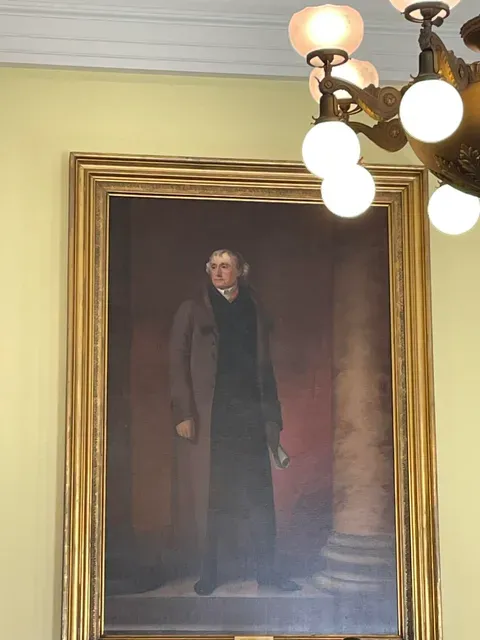
Thomas Jefferson's portrait, Virginia State Capitol 2024
Lesson 3 from the 18th century: You can always go "back" like Jane Vobe.
Jane Vobe decided to ditch tavern life. But then an opportunity presented itself and she grabbed onto it. Mrs. Vobe bought the Kings Arms Tavern in Williamsburg in 1772.
When you're responsible for yourself, or your family, you make business decisions that make the most sense for yourself and your family. In Mrs. Vobe's case, we can see her re-establishing herself on a property right down the street from the Capitol Building in Williamsburg, where she can offer food, lodging, and stabling for horses (all required of 18th century Virginia taverns) to those coming to town for government or business or both.
I've transcribed the ad after viewing it in person at the Rockefeller Library in Williamsburg:
"I beg leave to acquaint my former customers, and the public in general, that I have juft opened TAVERN opposite the Raleigh, at the fign of the KING's ARMS, being the houfe lately occupied by Mr. John Carter, and shall be much obliged to the Gentlemen who favour me with their company.
JANE VOBE
*I am in want of a good COOK, and would be glad to hire or purchase one."
The lesson I've learned from Mrs. Vobe is clear: you can pivot, evolve, even go back. And it's the beauty of entrepreneurship isn't it- having the choice?
Click here to see the scan of Mrs. Vobe's ad online. Read my post about Jane Vobe by clicking here.
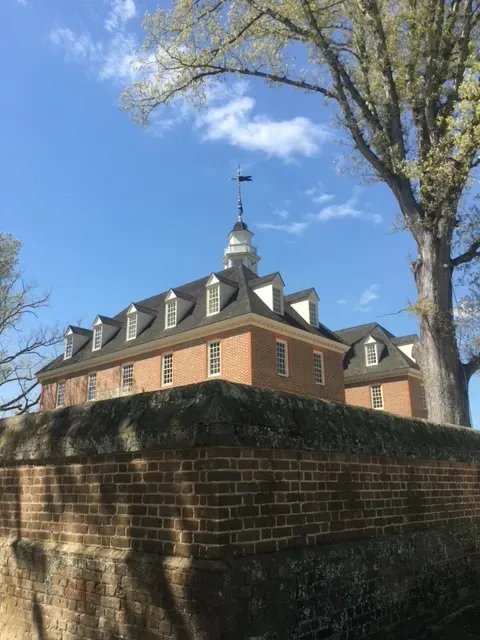
View of reconstructed Capitol Building, CW
My decision is 100% right for me today, June 6th 2024.
What about you?
- Did any of these lessons resonate with you?
- Do you have lessons from the 18th century that gave you an a-ha moment or affirm your approach to life? To business?
- Do you want to start a blog- as a hobby? As a business? To enhance your business?
I got you on that one: we can work together and it's pretty affordable at this moment in time: click here to book a call and find out more.
Closing words from history.
A beauty. An excerpt of a 1798 letter from Jefferson to one of his oldest friends, John Page. The topic: recollection of possible misinformation about himself being put out in a "story." A glimpse into the Jefferson I've come to love reading.
Click here to read the full letter with citations on our National Archives site dedicated to transcribing letters like this one!
From Thomas Jefferson to John Page, [1] January 1798
To John Page
Philadelphia [1] Jan. 1798.
My Dear Page
You have probably seen or heard of some very abusive letters addressed to me in the publick papers by a mr Martin of Baltimore, on the subject of Logan’s speech, cited in the Notes on Virginia. I do not mean to notice mr Martin, or go into the newspapers on the subject. but I am still anxious to enquire into the foundation of that story, & if I find any thing wrong in it it shall be corrected, & what is right supported either in some new edition of that work or in an Appendix to it. you and I were so much together about the year 1774. that I take for granted that what-soever I heard, you heard also, and therefore that your memory can assist mine in recollecting the substance of the story, how it came to us, and who could now be applied to to give information relative to it.
Are you enjoying the blog? Use my online tip jar and buy me a coffee:
There is a huge practical disclaimer to the content on this blog, which is my way of sharing my excitement and basically journaling online.
1) I am not a historian nor an expert. I will let you know I’m relaying the information as I understand and interpret it. The employees of Colonial Williamsburg base their presentations, work, and responses on historical documents and mainly primary sources.
2) I will update for accuracy as history is constant learning. If you have a question about accuracy, please ask me! I will get the answer from the best source I can find.
3) Photo credit to me, Daphne Reznik, for all photos in this post, unless otherwise credited! All photos are personal photos taken in public access locations or with specific permission.
